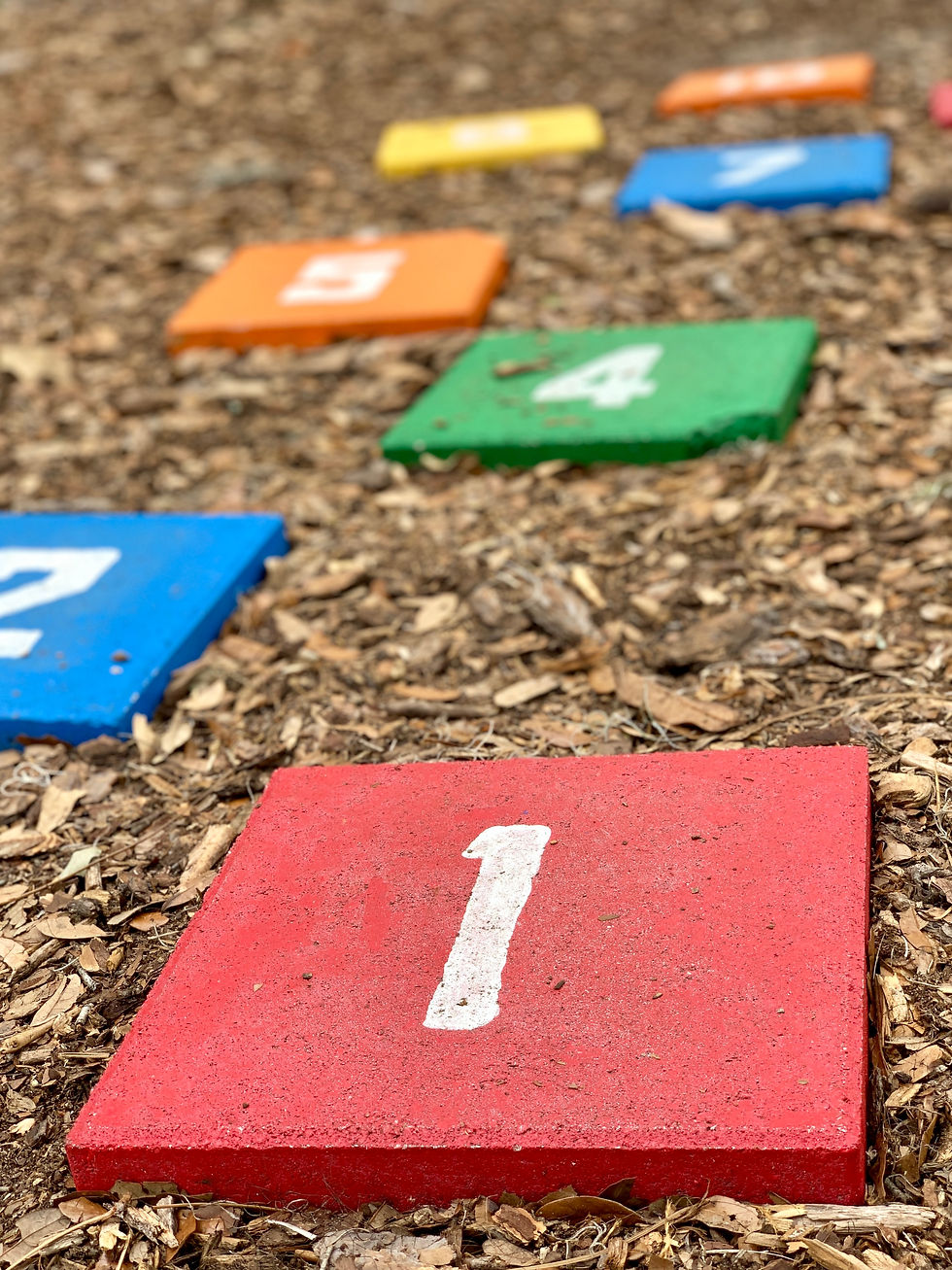Drama & Puppetry in Early Childhood Education
- Jasmeen Kaur
- Mar 9
- 3 min read
Updated: Apr 22

Introduction to the Curriculum Area
Early childhood education includes drama and puppetry as essential elements since they help young children to be creative and imaginative play. Drama and puppetry give youngsters important chances to express themselves, explore emotions, and play out real-world events, therefore improving their social and cognitive development (Isbell & Akiko-Yoshizawa, 2020). By means of these exercises, youngsters acquire critical thinking, communication, and teamwork—all of which help them to develop holistically and equip them for next education. Through drama and puppetry, nurturing creativity enhances children's educational opportunities as well as their confidence, ability to solve problems, and emotional intelligence (Australia Government Department of Education and Training, 2009).
Creativity Theories and Perspectives
Particularly in the domains of drama and puppetry, certain ideas help to shape the knowledge of creativity in early childhood education. The constructivist viewpoint stresses the need of active engagement and hands-on experiences in nurturing creativity; Vygotsky's social development theory emphasises the part of social interaction in the creative process ( Howard & Mayesky, 2022). Furthermore, Gardner's theory of multiple intelligences emphasises the need of linguistic and interpersonal intelligences in theatre, so enabling youngsters to express themselves and connect with peers ( Howard & Mayesky, 2022). These points of view taken together provide a thorough awareness of how early childhood environments' dramatic arts might help to foster creativity.
Resources and Materials
Early childhood teachers may make great use of a range of tools and resources to properly involve children in theatre and puppetry. Puppets of many characters, props like hats, masks and costumes, and narrative books that encourage imagination are among the basics. To produce interesting stories, one can also employ digital technologies including tablets to access interactive storytelling apps, instructional videos, and digital puppet-making tools (Isbell & Akiko-Yoshizawa, 2020). These materials let kids engage in imaginative play and inspire their creative inquiry by including technology into their educational activities at several points of access.
Learning Experiences for Various Age Groups
Teachers can design a sensory puppet presentation for visual and aural stimulation with basic, portable puppets for 0–2 years. Children who see the puppets move and interact will be inspired to vocalise and respond (Isbell & Akiko-Yoshizawa, 2020). Teachers can lead a role-playing exercise whereby kids dress in costumes and act out a themed narrative, such "Three Little Pigs," for ages two to three years. By means of this experience, youngsters are urged to perform the narrative, hence promoting social skills and language acquisition. Establishing a drama circle where kids may create and present brief skits based on their preferred stories can help them to be creative and cooperative for years 3–5 ( Howard & Mayesky, 2022). Older children (6–8 years) can create their own original scripts and participate in more sophisticated role-playing scenarios requiring critical thinking, negotiating, and problem-solving abilities.
Original Creative Learning Opportunities
For 0 to 2 Years: Sensory Puppet Play: Use vibrantly textured, fabric and felt puppets. As puppets perform basic motions or replicate objects in their surroundings, encourage kids to touch, listen, and watch. This multisensory encounter stimulates inquiry and invention.
For 2–3 Years: Themed Costume Corner: Create a costume station featuring several storybook-related clothing options. Children's imaginative play and social connection are encouraged by choosing their costumes and acting out tale situations.
For 3–5 Years: Drama Creates Stories Using story cubes, gather children to write their own narrative. With choices for acting out scenes, each youngster rolls the cubes and alternately adds to the story. This exercise boosts language abilities, imagination, and teamwork.
Critical Reflection and Evaluation
My own creative qualities—adaptability, energy, and a love of narrative—help me to improve my teaching ability in guiding imagination across puppetry and drama. Adopting flexibility in my lesson plans will help me to meet the various requirements and interests of the students, therefore guaranteeing their participation and creating a welcoming classroom. Children's own imaginative capacity might be inspired by my passion for creative activities to help them to feel confident in their expression (Australia Government Department of Education and Training, 2009). Furthermore, my love of narrative lets me relate to kids on a deeper level, which helps theatre to be more approachable. I can teach young people expressive storytelling methods that inspire them to investigate several points of view and feelings. such children in creative activities not only enhances their educational opportunities but also develops important abilities such critical thinking, teamwork, and problem-solving. Developing these talents in young learners through drama and puppetry prepares them for future problems, thereby making creativity a basic component of holistic development in early childhood education in a world that always needs innovation (Isbell & Akiko-Yoshizawa, 2020).



Comments